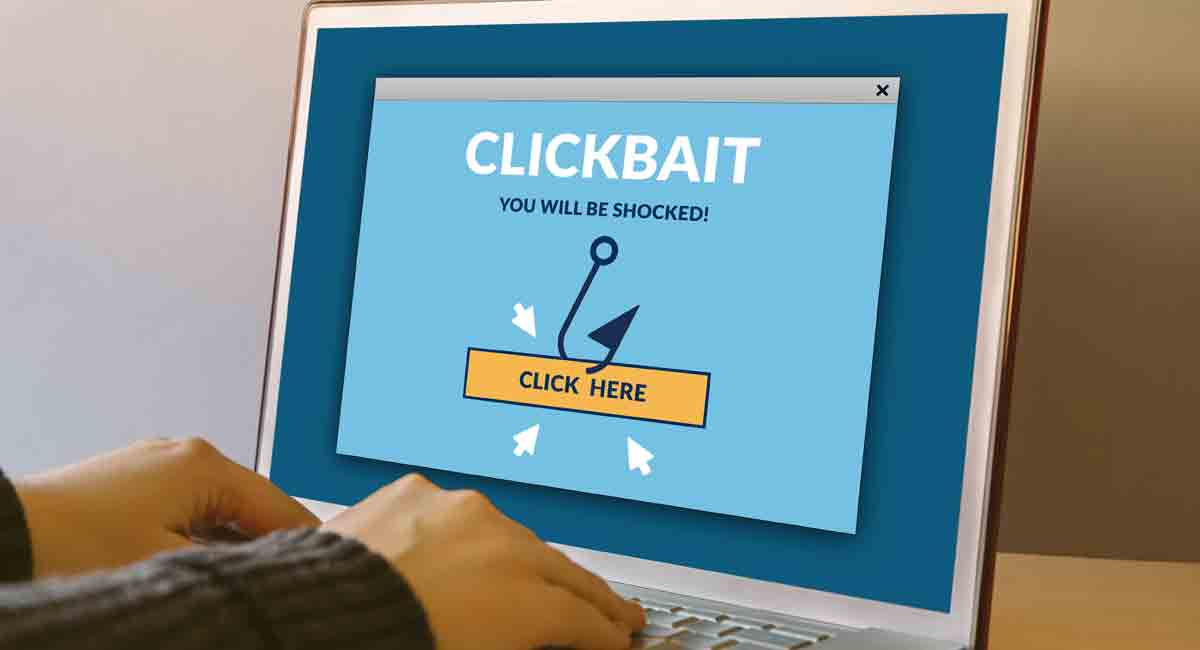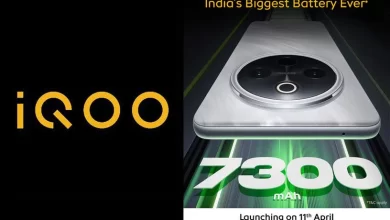Here’s what happens if you click on this headline

Hyderabad: Saw that headline? That’s what’s called a clickbait headline. Well, almost.
A research by the International Institute of Information Technology, Hyderabad has revealed that readers don’t trust content with clickbait headlines and in fact, spend less time on them. But don’t worry. This headline was for demonstration purposes and the content can be trusted.
As for the study, it says clickbait is an established tactic employed by digital media to attract reader attention, with its USP being in piquing enough interest in content via a tantalising title.
According to an IIIT-H blog by Sarita Chebbi, the institute’s Cognitive Science Research Centre student Vivek Kaushal has been studying clickbait under the guidance of Prof. Kavita Vemuri.
“Digitisation of media has led to democratisation of journalism where anyone can create a website or a blog but the flipside is clickbait. It is not only a trend that’s going to continue, but one that hasn’t been properly understood,” he says.
In their study titled ‘Clickbait: Trust and Credibility of Digital News’ that was published in ‘IEEE Transactions on Technology and Society’, Vivek and Kavita researched the impact of clickbait on content credibility.
For this, they enlisted 200 participants, 100 each from North America and India, who were asked to read any two of six news articles, each of which had a clickbait and non-clickbait headline. The responses indicated that clickbait headlines significantly reduced credibility.
Citing a 2017 study that revealed clickbait content in top tier media outlets was as high as 34 percent, Vivek says the typical underlying assumption is that such news sources don’t have as much clickbait content. But the study revealed that clickbait was quite prevalent in mainstream as well.
In another research study, Vivek and Kavita studied the impact of clickbait headlines on visual attention paid to articles. The study titled, ‘Clickbait’s Impact on Visual Attention – An Eye Tracker Study’ has been accepted at CogSci2022 – the 44th annual conference of the Cognitive Science Society in Toronto in July.
The core idea of the study was derived from Facebook. “In 2014, FB launched an algorithm to filter clickbait content from their homepage. They measured the time users spent on each article to understand if the article was clickbait or not,” Vivek says.
FB’s assumption was that if it’s a clickbait headline, you are probably not spending much time on the article since you are not going to find relevant information. There was however no analysis done on whether visual attention on articles was impacted by headlines. To test the assumption held by FB’s algorithm, the IIIT-H study used an eye-tracker setup that analysed gaze-fixation from 60 participants from the IIIT-H campus.
With attention measured via gaze-fixation, they found that an article with a clickbait headline was likely not to have as much visual attention, than the same article with a non-clickbait headline.
Another interesting finding was that while participants began reading through articles with clickbait headlines, there was a drop-off in gaze after the initial few lines.
“Essentially no one really goes ahead and reads the entire article with a clickbait headline,” adds Vivek.
“With AI in every field, journalism and automation is not too far behind. Not only will articles be auto-generated but so also will be headlines. The automated systems may churn them out without any journalistic responsibility and try to capture attention at any cost. Hence checks are needed to ensure that people can trust the information they read,” the study says.







